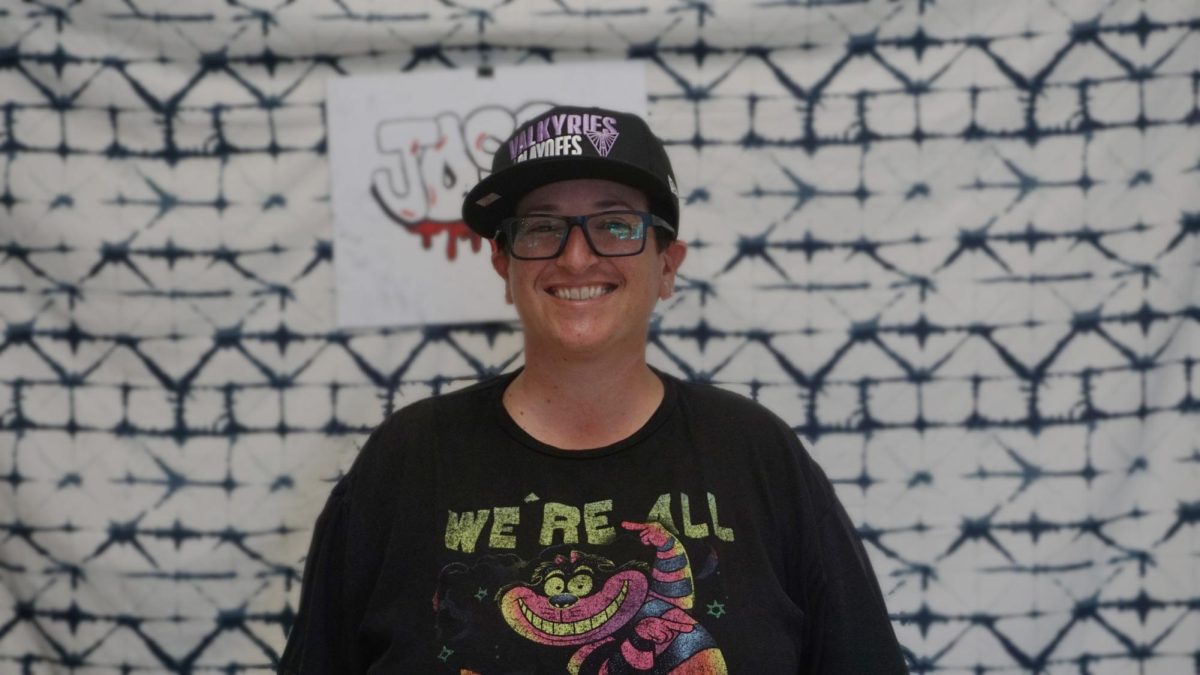Once a disinterested student at Mount Pleasant High School in East San Jose, Corrie Howard’s perspective of academics shifted during college when she encountered the civil rights movement through her American history courses. The awakening sparked her passion for education and advocacy, ultimately leading her to becoming the new special education teacher at SCHS.
Howard attended Arizona State University and earned a bachelor’s degree in U.S. History with an emphasis on the civil rights movement and a minor in Women’s Studies. She also attended National University and obtained a master’s degree in Special Education. Before teaching, Howard spent 14 years working in the Pacific Clinic, specializing in the Mental Health Fields Crisis Intervention and Stabilization.
“Doing that (working in the mental health field) has led me to be more excited to work with kids that have disabilities or just unique brains,” Howard said.
Her own experiences in facing challenges while learning further motivated Howard to pursue teaching special education.
“My brother has dyslexia, and I have ADHD. That definitely influenced me as well,” Howard said.
Howard teaches four freshman English classes and manages individualized education plans and accommodations for students, such as sentence frames to help them succeed in writing tasks. When it comes to adapting lessons for students with different learning needs, she also relies heavily on collaboration with other teachers.
“I take lesson plans from Ms. Anderson’s freshman English class. I do what’s called chunking. I make it a little bit smaller so that it’s more accessible. We can do it in shorter increments,” Howard said.
Howard’s students have a wide range of learning profiles – some have ADHD, others are on the autism spectrum and many have specific learning disabilities, such as dyslexia, or challenges with processing language and math.
“By far, the most common are specific learning disabilities,” Howard said. “Whether it’s the letters changing around, or struggling to comprehend certain words.”
At SCHS, students with learning differences often share classrooms with both honors and general education students. Howard believes this makes learning more collaborative.
“Inclusion is everything,” Howard said. “It makes it more cohesive and makes those with disabilities learn more (effectively). It teaches about community and helping each other out because some of the higher functioning students will help with the lower functioning students as well. It’s very cool.”
Howard also emphasized the necessity of listening to make sure her students are having their own personal needs met by their families and teachers. Above all, however, she wants people to break down the misconceptions about what disabilities look like.
“I wish people knew that they probably know someone who has a disability. Not everybody knows that,” Howard said. “We get these pictures in our heads about what we think people with disabilities look like, and it’s very often inaccurate.”



Dona Walton • Oct 7, 2025 at 6:28 am
I’m so very proud if you Corrie. Keep up the great work. ❤️
Kyiel • Oct 6, 2025 at 2:49 pm
another wonderful article by Mikaela Casias